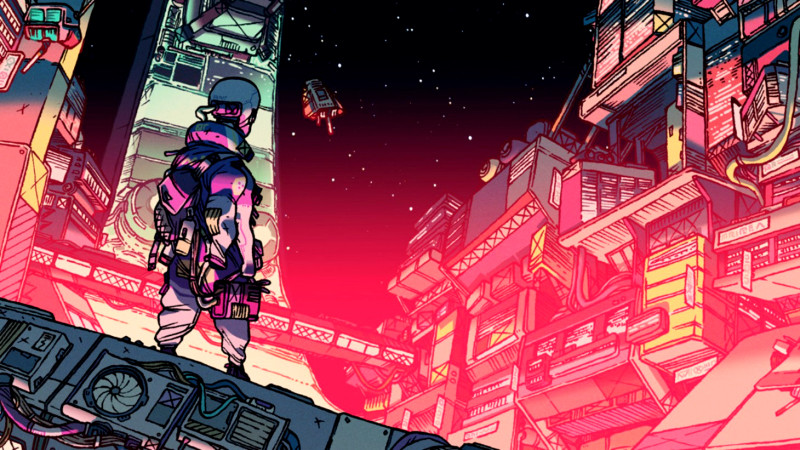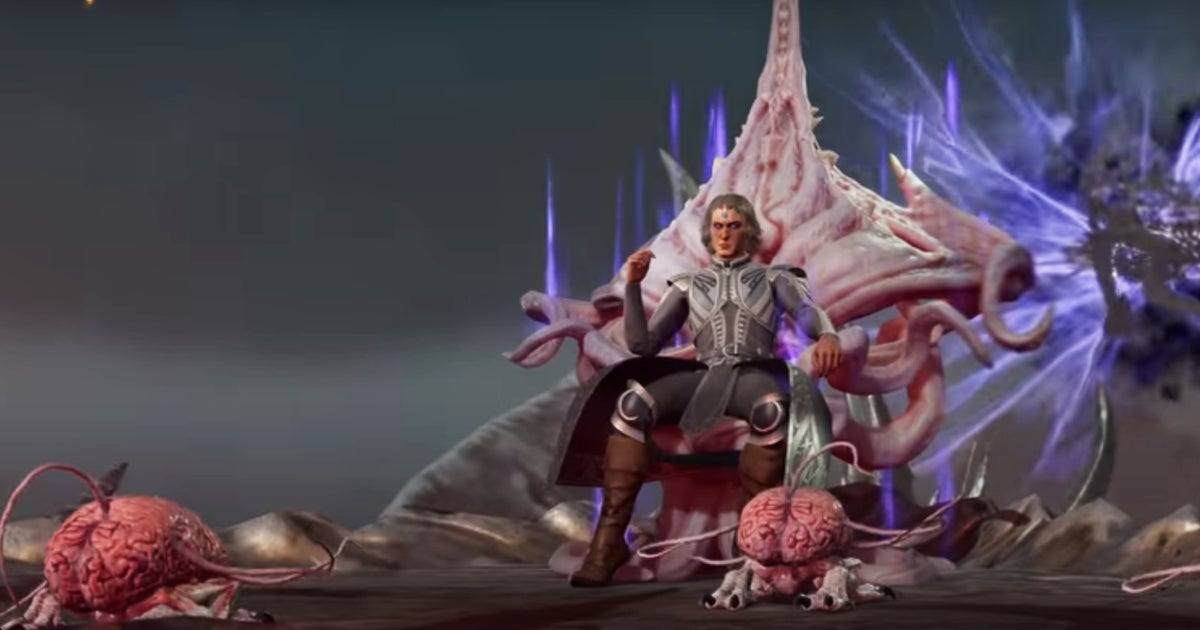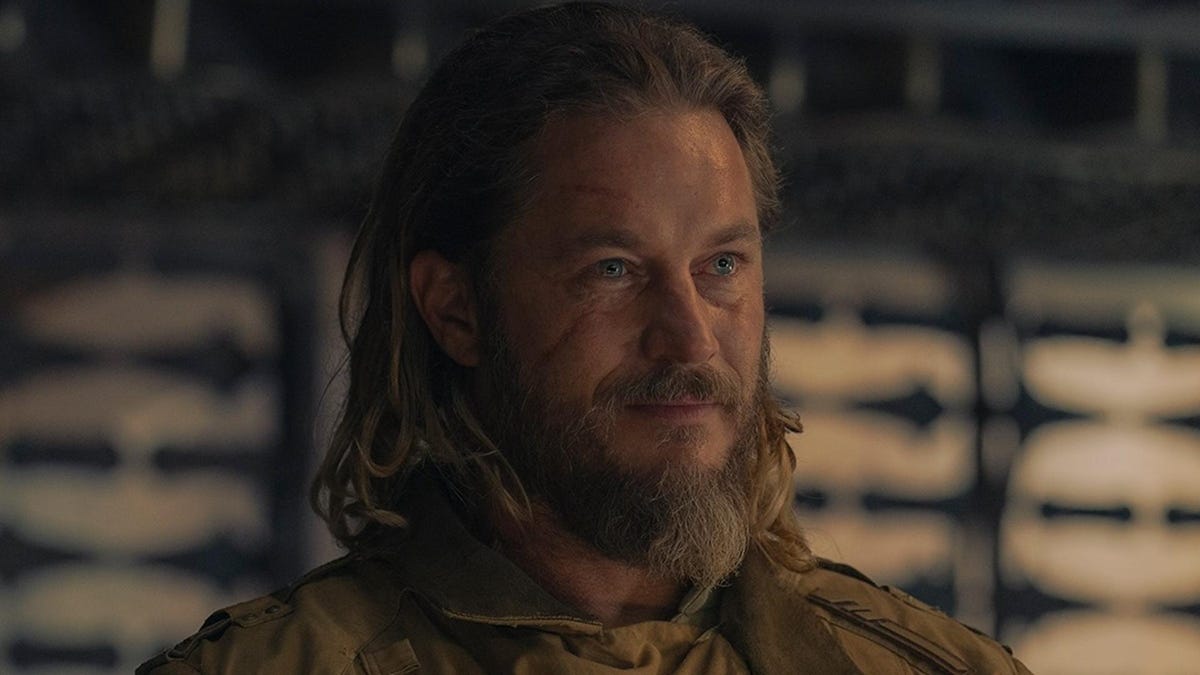When I first started Citizen Sleeper, I was immediately hooked with its premise. Its dystopian, transhumanist appeal – which survives as the digitized consciousness of a human body implanted in a robot designed for the work of a mega-corporate – is refreshing in the cyberpunk genre of games. His sophisticated, clean, and unique art style coupled with his score, a Tycho-esque take on sci-fi beats, told me I’d have a good time provided the gameplay clicked. And initially I wasn’t sure it would, as the early moments are overwhelming, with a barrage of new mechanics and systems defining the first hour. I was rewarded for sticking with it because all aspects of Citizen Sleeper, including the gameplay, hooked me after this introduction. Seven hours later, I was rolling credits for one of my favorite gaming experiences of 2022.
You awaken as a sleeper, a robot powered by a consciousness belonging to someone else. In this case, it belongs to someone who owes money to the Essen-Arp mega-corporation, and in order to repay that debt, his mind has been digitized and put into a machine expressly designed to work for him; this is the typical life of a sleeper. They escaped, however, and Citizen Sleeper’s narrative begins there and unfolds as you learn to survive and thrive.
The story of Citizen Sleeper is simple: dodge the Essen-Arp bounty hunters who want to reclaim you while securing a future for yourself. Erlin’s Eye, a space station that served as my refuge before becoming my new home, is the backdrop for all of this. I love how I’ve become acquainted with the quasi-metropolis over time. Citizen Sleeper has lovingly compelled me to view this space station as both a map for my goals and a hub for deepening my relationships with its inhabitants. In order to achieve this, I had to complete various objectives aboard Erlin’s Eye, from paying one of these bounty hunters for another lifetime to providing me with the medication I desperately needed to heal my ever-deteriorating body.
How this and almost every objective plays out is determined by a unique dice mechanic and its connection to your physical condition. Citizen Sleeper’s primary gameplay loop is simple on paper: you get up to six pre-rolled dice each cycle. The healthier you are, the more dice you get. A six-dice roll has a higher chance of getting a positive result when trying to do something like making money or repairing a ship. A lower dice number, such as A two, for example, is associated with an increased likelihood of a negative outcome, which in some cases can be quite detrimental.
I enjoyed the number of times this mechanic put me in the hot seat. Do I use a six-dice roll to guarantee a positive outcome for a goal I really need to accomplish, or do I use it for a job that makes me a lot of money because I need it to pay for medication, to refill my condition? And with that in mind, should I use my one die for a safer task, or risk it for something that could be very rewarding right now? These decisions shaped my entire experience with Citizen Sleeper. Some were so stressful, especially the ones that felt like life or death, that I had to stop and put the controller away for a few minutes. The way the game’s music increases stress levels in these situations was also devilishly delightful.
Citizen Sleeper uses these moments to take me through all the throes of capitalism, which is the true antagonist in developer Jump Over The Age’s story. When I arrived I was struggling to get through a cycle without feeling completely overwhelmed and invisible. I couldn’t make any money, so I wasn’t able to buy groceries necessary to keep my energy up. As a result, my health deteriorated rapidly and due to this struggle, I could not afford any medication. This built up on its own until I hit rock bottom, which locked me out of one of my sleeper’s core abilities, displayed on a sleek skill screen. I was only able to unlock it with an upgrade point earned after completing the main objectives. But to achieve that, I needed some great dice, or at least multiple dice. With my poor condition, getting either one felt impossible.

Over time I have mastered these challenges. Gradually, I made so much money that I could spend less time getting medicine and groceries and more time actually completing the goals on the horizon. By the end of Citizen Sleeper, I stopped thinking about money and instead focused solely on helping the NPCs surrounding Erlin’s Eye, who have become my friends and, in some cases, family. I loved how this narrative arc felt to me personally, because everything that happened resulted from how I chose to use my dice in the dozens of cycles I went through.
With different narrative options, I could have ended up just as horribly as the corpos I wanted to take down, but I didn’t. I appreciated that Citizen Sleeper allowed for so many storylines because the more I played it, the more it felt like my own story. It would have been disappointing to label it as inconsistent with my actions. If I failed one story, I could see those consequences play out in another. If I had success elsewhere, I could open up a whole new storyline involving not just one character, but others I’ve met before. What struck me most about this connection was how my actions in the game connected to the themes of Citizen Sleeper, which at its core is a game about surviving as an outsider in capitalism.
In the end, however, Citizen Sleeper is less a critique of capitalism itself, performed countless times in the cyberpunk genre in its defense, and more an opportunity to show how those under its thumb persevere and thrive despite it. Its message of hope and inspiration is backed by a branching, heartfelt narrative and a gorgeous gameplay loop that makes it hard to put down. Add in its enriching visual style and my favorite music of 2022 so far, and Citizen Sleeper is a game I’ll be thinking about for years to come.








